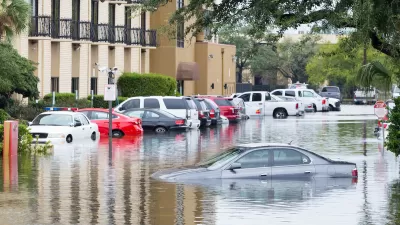Rapid urbanization and climate change will make it harder for cities to provide crucial resources for their citizens. In this article, Arup consultants Amy Leitch and Laura Frost examine how the built environment can fill this emerging need.
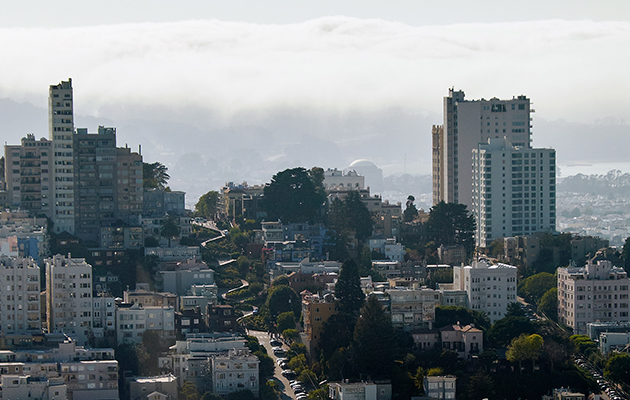
Mining the city
By Amy Leitch and Laura Frost
In the coming decades, climate change and rapid urbanization will make it increasingly difficult for cities to meet their inhabitants’ basic needs.
In the search for stable sources of critical supplies, could the built environment prove as important as the natural environment?
Population growth
2008 marked the first time in history that more than half the world’s population lived in an urban area. By 2030, cities will house almost five billion people; 80% of this number will live in the developing world. In Africa and Asia, urban areas are set to grow as much in one generation as they have during all of human history.
Rapid growth will stretch resources and threaten quality of life in urban environments around the planet. Climate change will further complicate the situation, as high-intensity weather events jeopardize entire life support systems.
Supply chain vulnerability
Many cities draw on the natural environment outside their borders to provide the resources they need to function. For example, London’s total ecological footprint measures over 131,275 square miles — more than 200 times the geographical size of the city itself. This land can be found around the world, connected to the end user by complex supply chains.
One clear risk that must be addressed is supply chain vulnerability. Climate change threatens to sever many of these connections, putting cities at risk from shock events occurring far away. For example, rising temperatures could ruin crops in agricultural areas, while violent storms could destroy the shipping facilities through which imported products move.
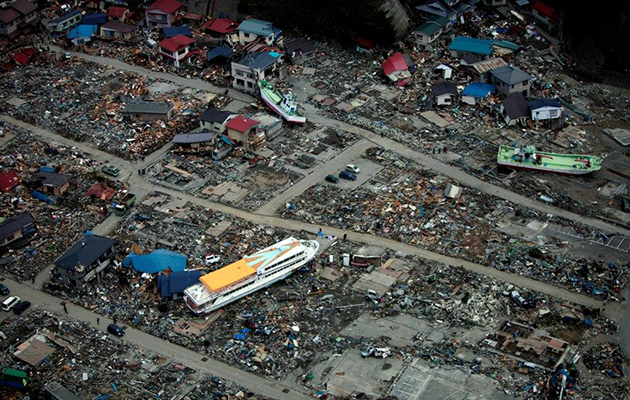
Cities are now looking at innovative ways to internalize supply chains, make resource distribution more efficient, and increase self-sufficiency.
Mining the city
What if we could mine our cities to generate the resources that citizens need to stay safe, healthy, and prosperous?
As businesses, governments, and researchers explore emerging ‘ecosystem services’ within the built environment, the next rush for resources may take place within our buildings and infrastructure.
Energy
Take electricity. A 2011 study showed that solar power harvested from flat city roofs could meet half of New York City’s demand during peak periods. Electricity provider Con Edison has been taking this possibility seriously, looking at rooftops as a giant untapped solar array.
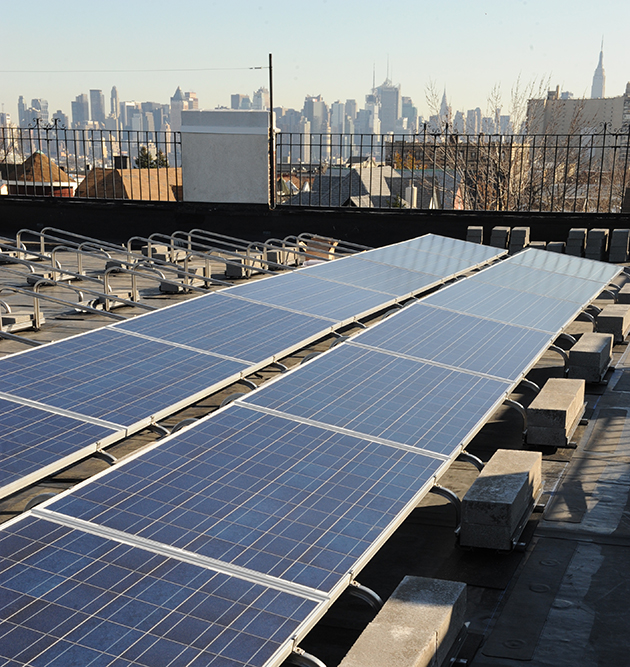
Employing a financing system known as a power purchase agreement, it leases roof space for 10 to 20 years and purchases the output on a kilowatt-hour basis.
Urban infrastructure contains other clean, renewable energy sources. For example, thermal piles in building foundations and absorption loops in sewer, cable, road, and subway tunnels can be used as heat exchangers.
Arup prepared a thermal tunnel lining feasibility study as part of its work on London’s new Crossrail train link, a 13-mile rail connection stretching east to west through the city. We found that a single tunnel could provide enough energy to heat two substantial mixed-use buildings.
Smart grid technologies present additional opportunities to optimize energy generation and consumption within cities. By creating dynamic relationships between grid operators, utilities, and consumers, smart grids allow surplus energy from electric vehicles, buildings, and other assets to be fed back into the grid, transforming traditional models of energy supply and storage. By drawing on a multitude of distributed products plugged into the smart grid in its service territory, a utility can inject extra power into the grid during critical peak times without the need to ramp up generation in centralized power stations.
Water
Water accumulating within urban areas can also supplement traditional centralized supplies. Rainwater collection has become a popular strategy at the building scale or for use in landscape maintenance, but district-scale systems can gather far greater volumes.
In Berlin, a rainwater harvesting system installed at DaimlerChrysler’s Potsdamer Platz complex in 1998 has collected millions of gallons to date. The 57,000ft² system captures rainwater from the rooftops of 19 buildings, then stores it in a basement tank for later use in landscape irrigation, toilets, and an artificial pond.
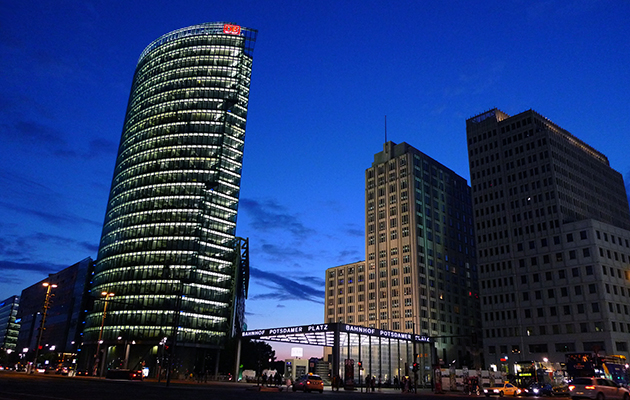
Food
Historically, food has been very difficult to produce within high-density urban environments, where demand for construction land often takes precedence over open-space uses. Local food is not only more environmentally sustainable, however, but also serves as a buffer against future food shortages and supply chain failures.
Tokyo’s business district seems like an unlikely place for a farm, but among the desks and conference rooms in the Pasona company headquarters you can find nearly 180,000ft² of farmland. Employees of this staffing company take turns cultivating more than 200 fruits and vegetables, including tomatoes, melons, peppers, eggplants, and beans. The food is served in the company’s cafeteria and other restaurants in the building.
Pasona’s lobby once boasted a 1,000ft² indoor rice paddy that produced a 110-pound harvest three times a year. In a previous location, the company built a rice paddy in a former basement bank vault.
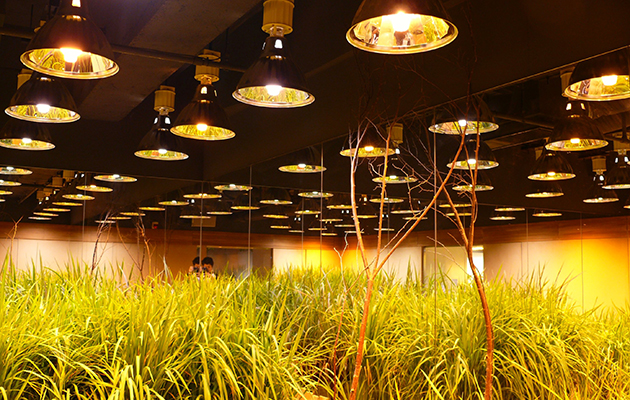
People
Resilience is not just about physical resources; people are perhaps the most important part of the equation. Cities offer a unique geographical convergence of political influence, multi-sector expertise, and financial clout. By leveraging these resources, cities can develop and implement effective, contextually appropriate strategies that will help them thrive far into the future.
FULL STORY: Mining the City

Maui's Vacation Rental Debate Turns Ugly
Verbal attacks, misinformation campaigns and fistfights plague a high-stakes debate to convert thousands of vacation rentals into long-term housing.

Planetizen Federal Action Tracker
A weekly monitor of how Trump’s orders and actions are impacting planners and planning in America.

San Francisco Suspends Traffic Calming Amidst Record Deaths
Citing “a challenging fiscal landscape,” the city will cease the program on the heels of 42 traffic deaths, including 24 pedestrians.

Defunct Pittsburgh Power Plant to Become Residential Tower
A decommissioned steam heat plant will be redeveloped into almost 100 affordable housing units.

Trump Prompts Restructuring of Transportation Research Board in “Unprecedented Overreach”
The TRB has eliminated more than half of its committees including those focused on climate, equity, and cities.

Amtrak Rolls Out New Orleans to Alabama “Mardi Gras” Train
The new service will operate morning and evening departures between Mobile and New Orleans.
Urban Design for Planners 1: Software Tools
This six-course series explores essential urban design concepts using open source software and equips planners with the tools they need to participate fully in the urban design process.
Planning for Universal Design
Learn the tools for implementing Universal Design in planning regulations.
Heyer Gruel & Associates PA
JM Goldson LLC
Custer County Colorado
City of Camden Redevelopment Agency
City of Astoria
Transportation Research & Education Center (TREC) at Portland State University
Jefferson Parish Government
Camden Redevelopment Agency
City of Claremont



























